The Soviet Echo Class submarines (Project 659) were among the most distinctive nuclear-powered cruise missile submarines of the Cold War. Developed in the late 1950s and entering service in the early 1960s, the Echo Class was designed primarily to carry and launch long-range cruise missiles against carrier groups and land-based targets. These submarines featured a characteristic raised missile deck with paired silos, giving them their unmistakable silhouette. Armed with up to eight missiles and supported by torpedoes, the Echo Class represented a significant leap in Soviet naval strategy, reflecting the shift toward nuclear propulsion and underwater missile platforms as a counterbalance to Western naval superiority. Though eventually superseded by more advanced classes, the Echo Class played an important role in shaping submarine development and nuclear deterrence during the Cold War.
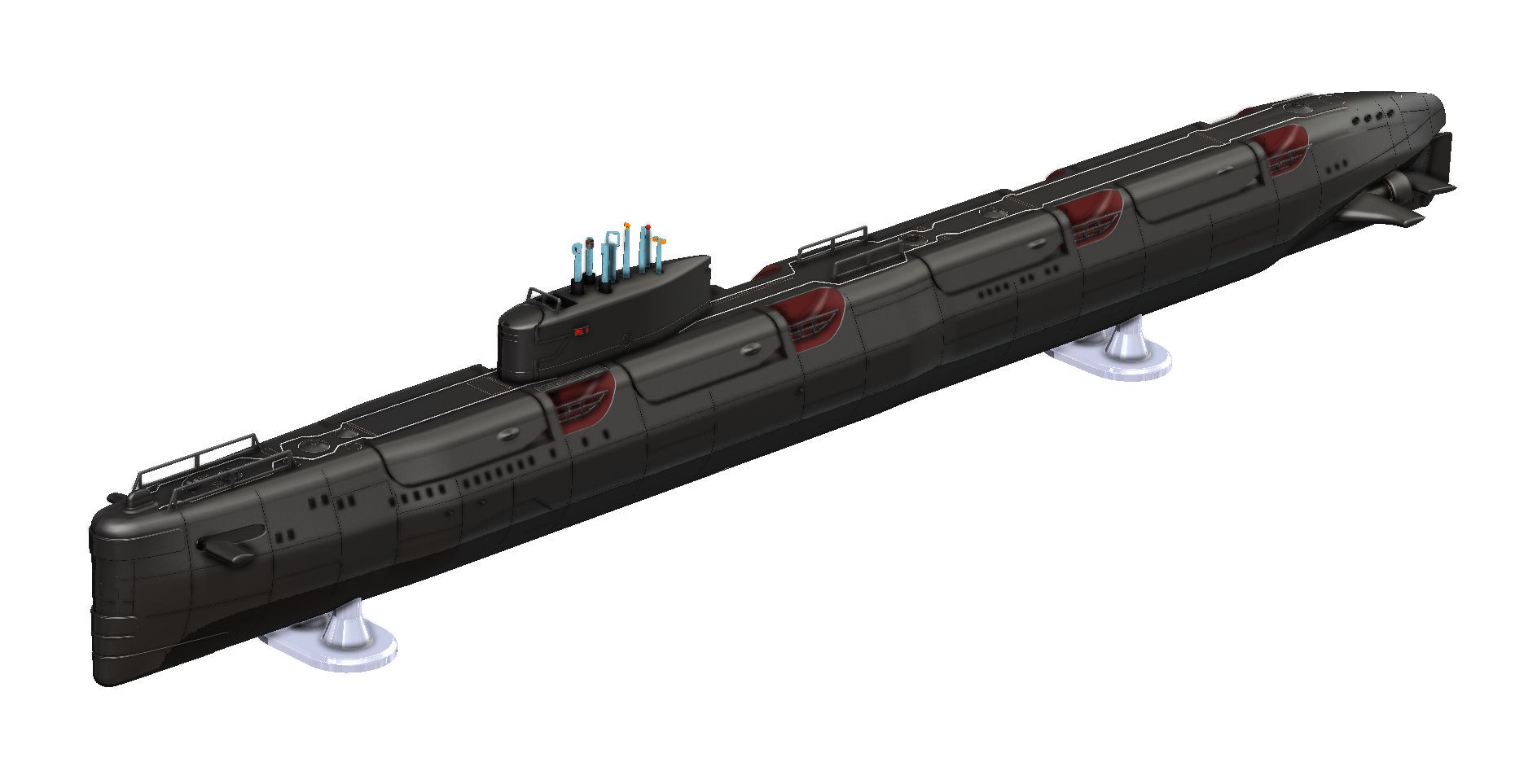
The 1.4 Meter Multi-Piece 3D Printable Echo Class Model
For enthusiasts, modelers, and Cold War historians alike, I’ve created a 1.4-meter-long, highly detailed 3D printable model of the Echo Class submarine(<<<—Click this link to get the model). This model is carefully divided into more than 50 parts, designed to fit on standard 3D printers with a 22 × 22 × 25 cm build volume. The hull is hollow, giving makers the freedom to customize it for RC projects, lighting installations, or static display builds. Functional features include articulated missile hatches, dive planes, rudder, periscopes, and radar domes, all modeled with precision for both visual appeal and interactive play. To ensure strong assembly, the junction points are fitted with screw-together connections, making it possible to achieve both sturdiness and easy handling during the build.
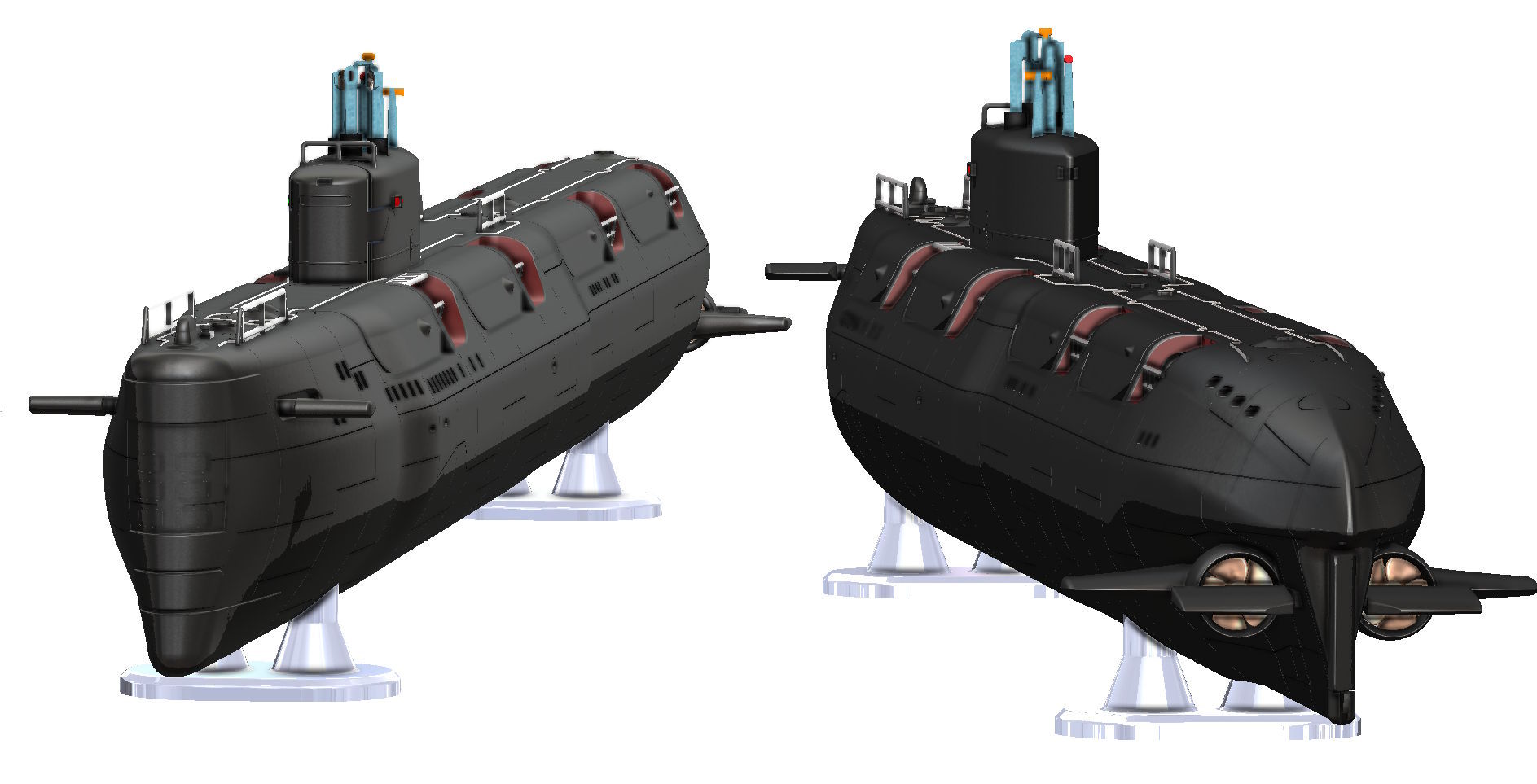
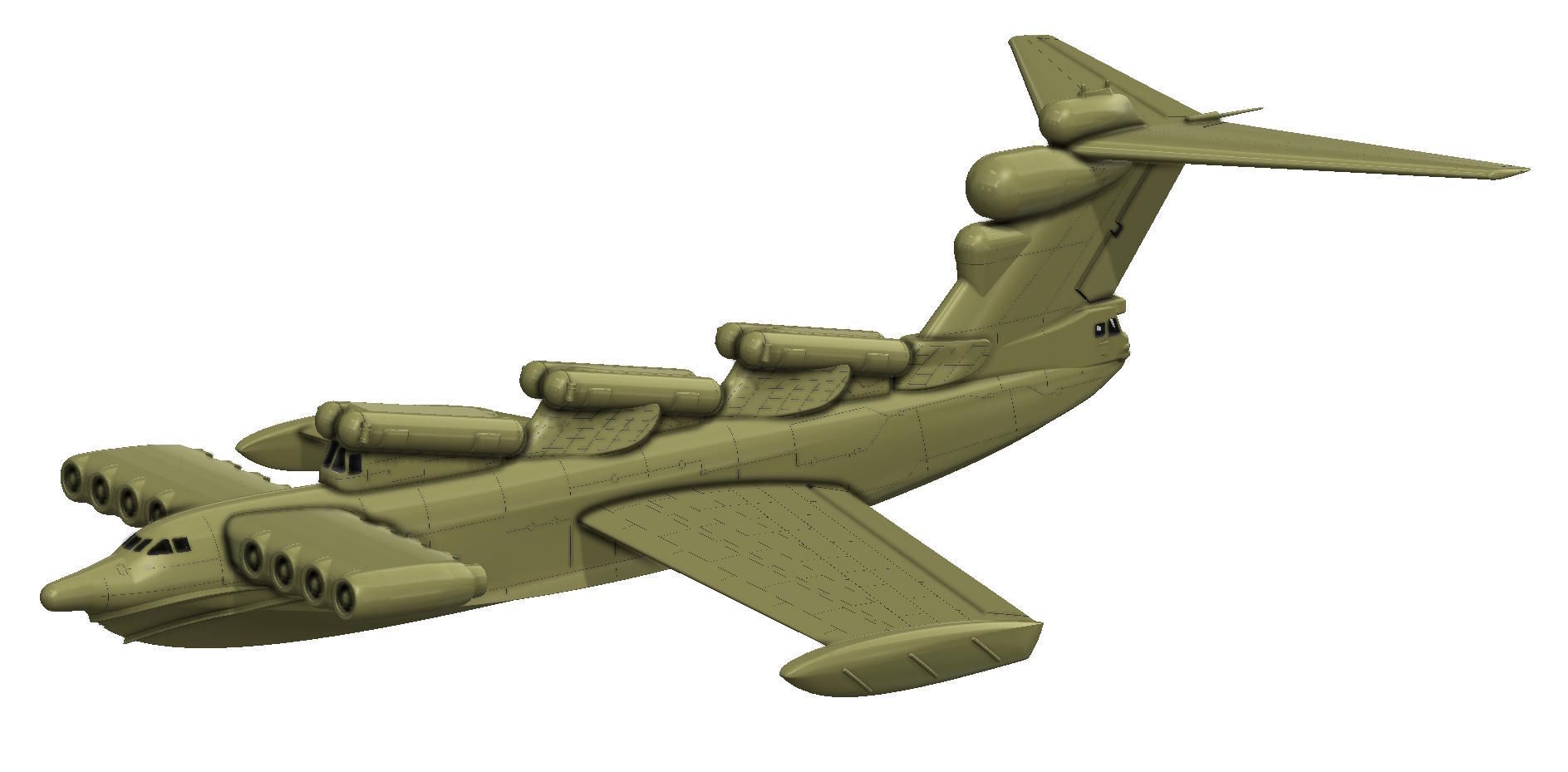
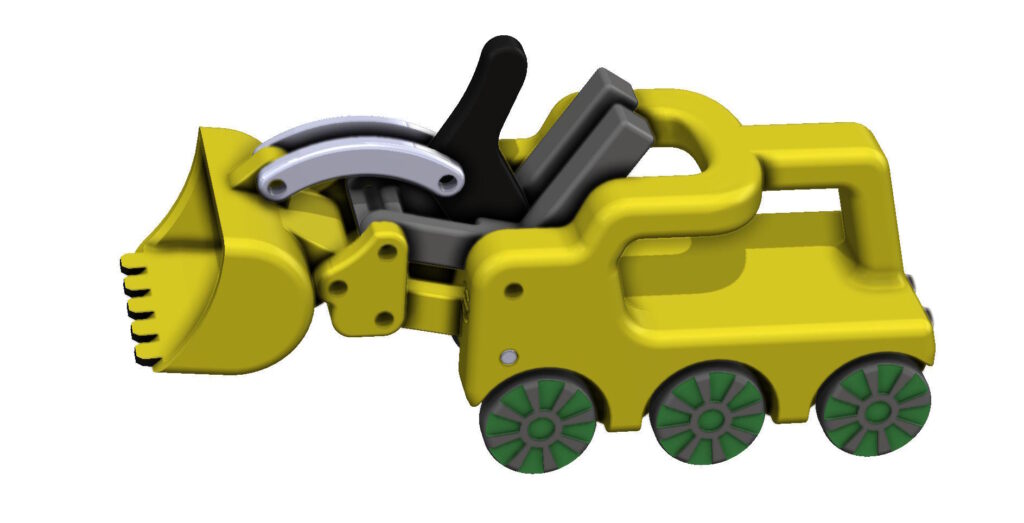
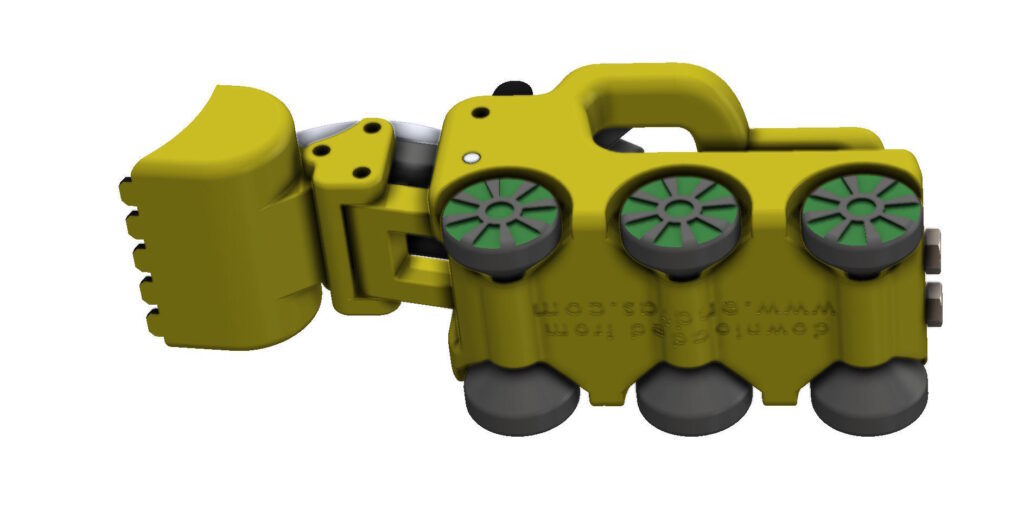
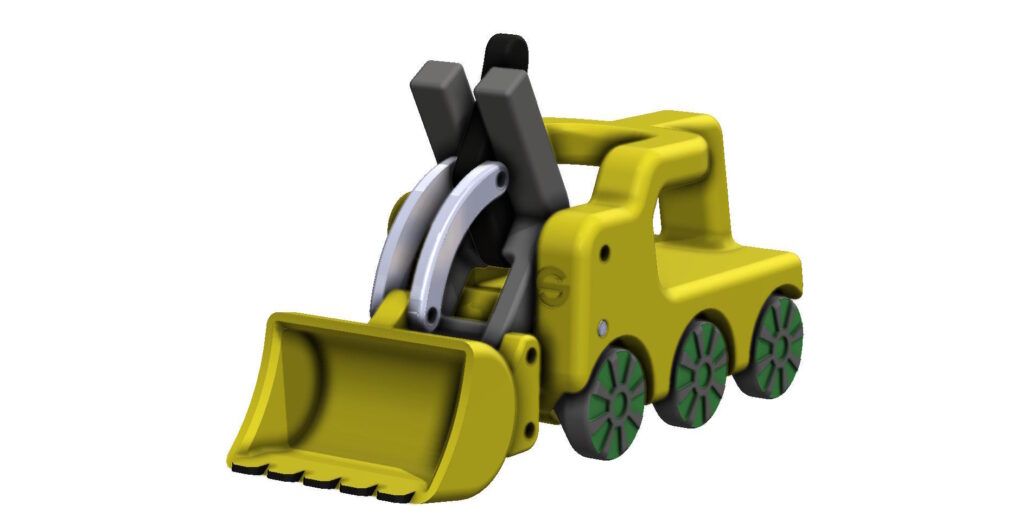
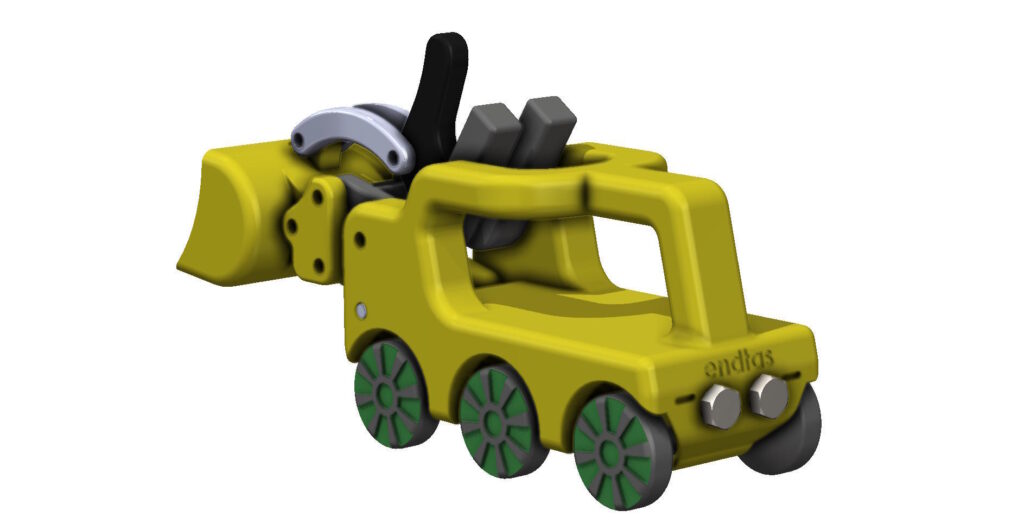

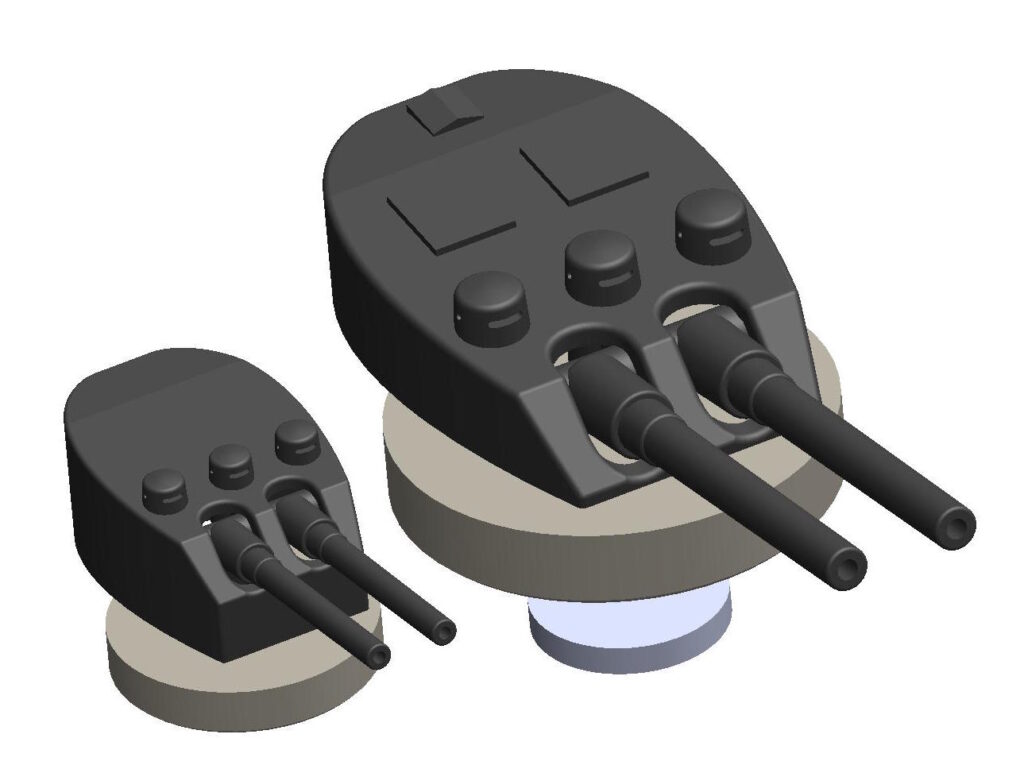
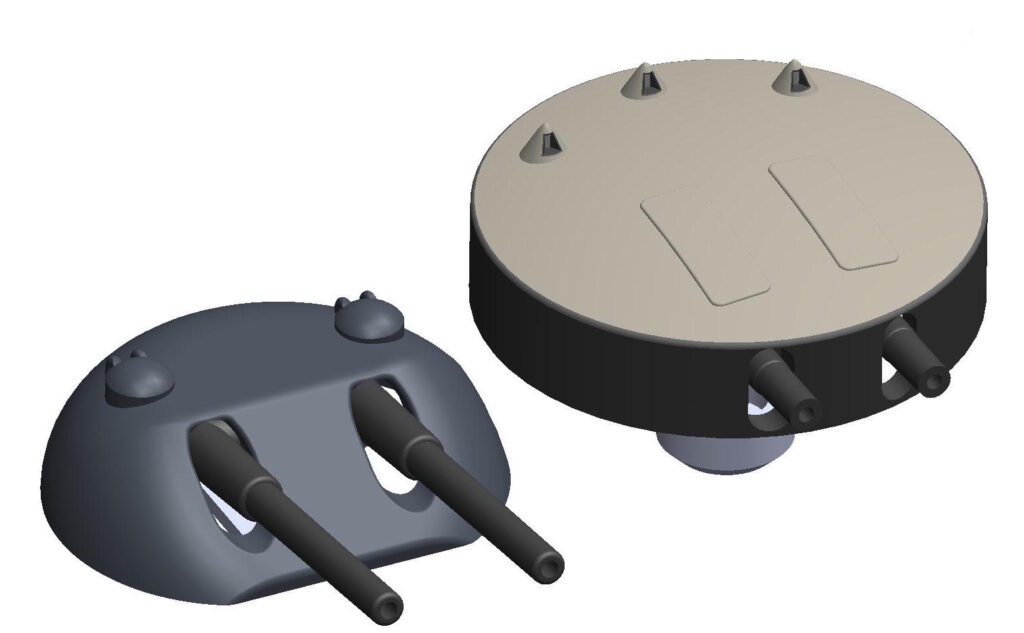
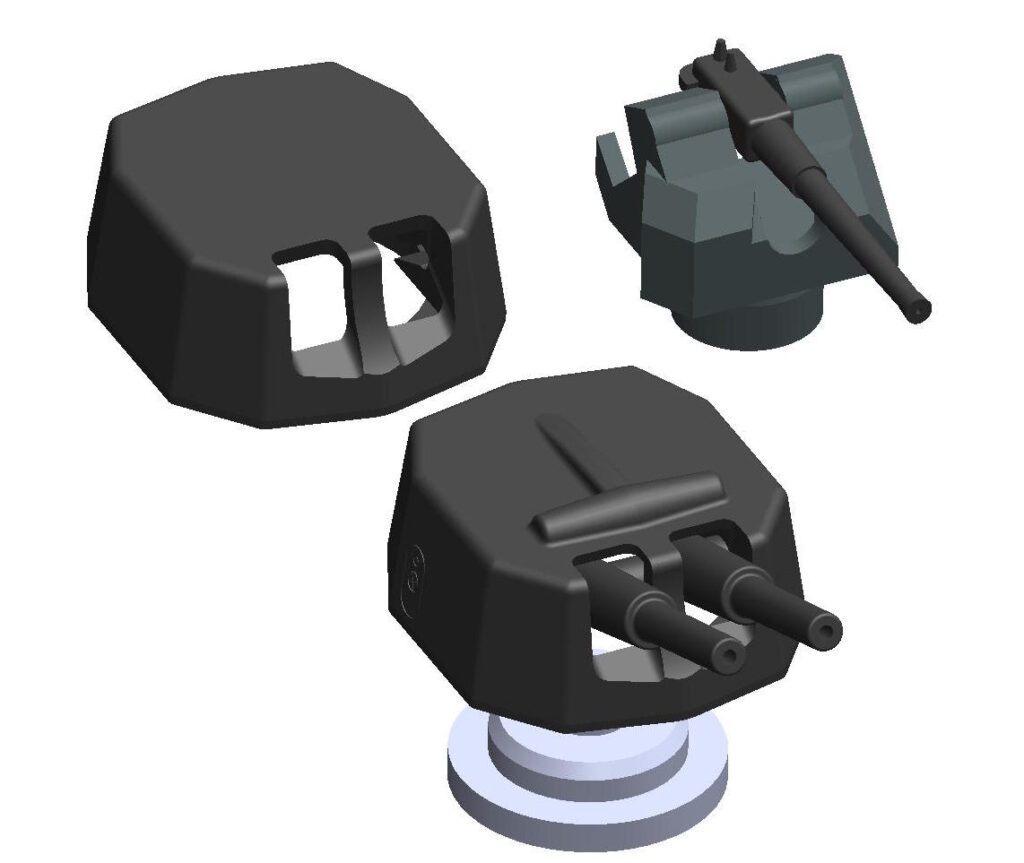
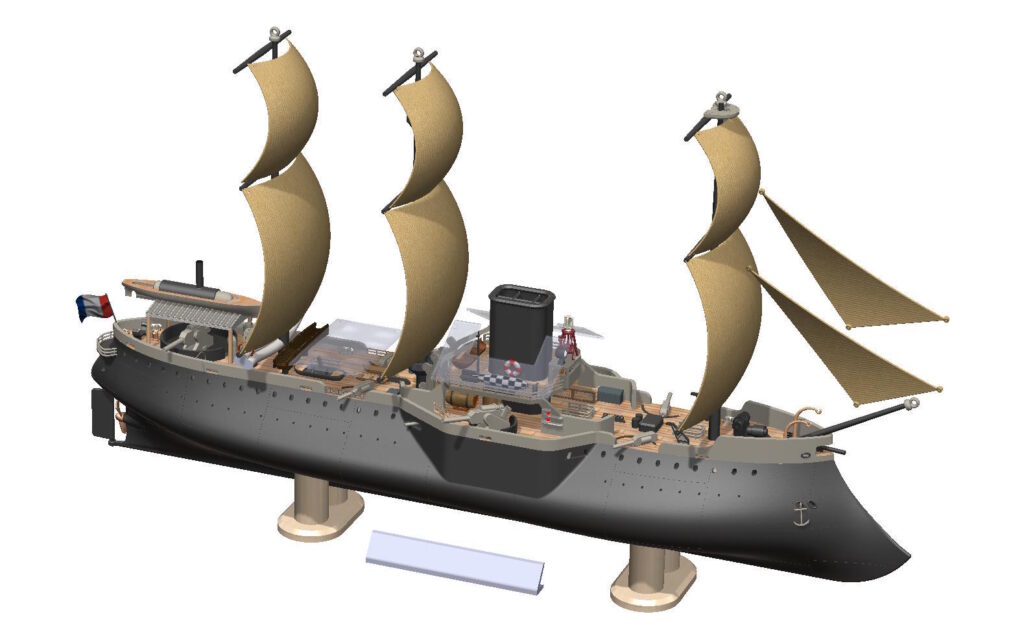
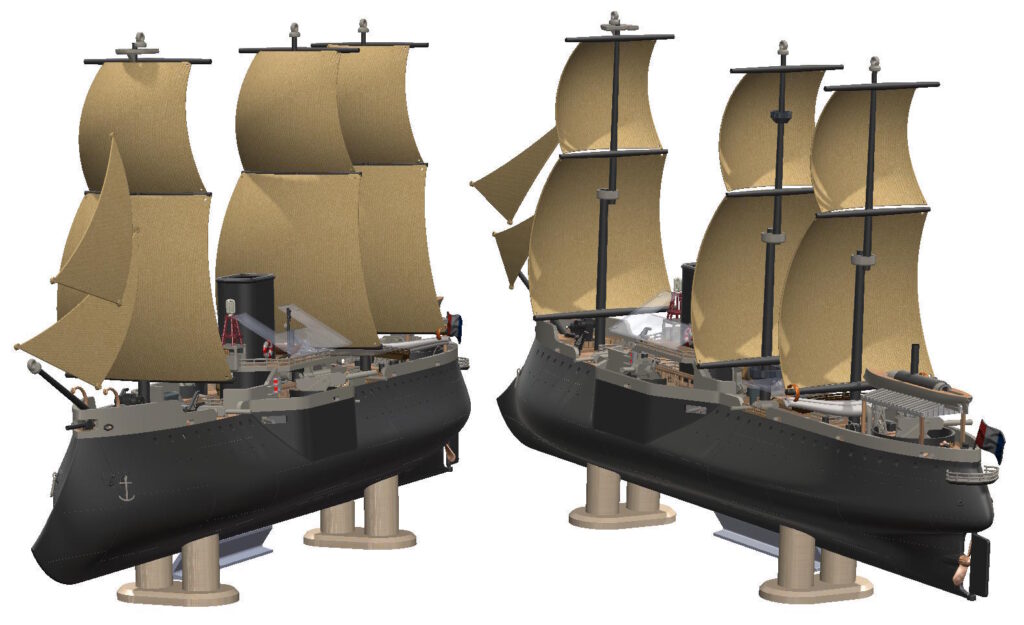
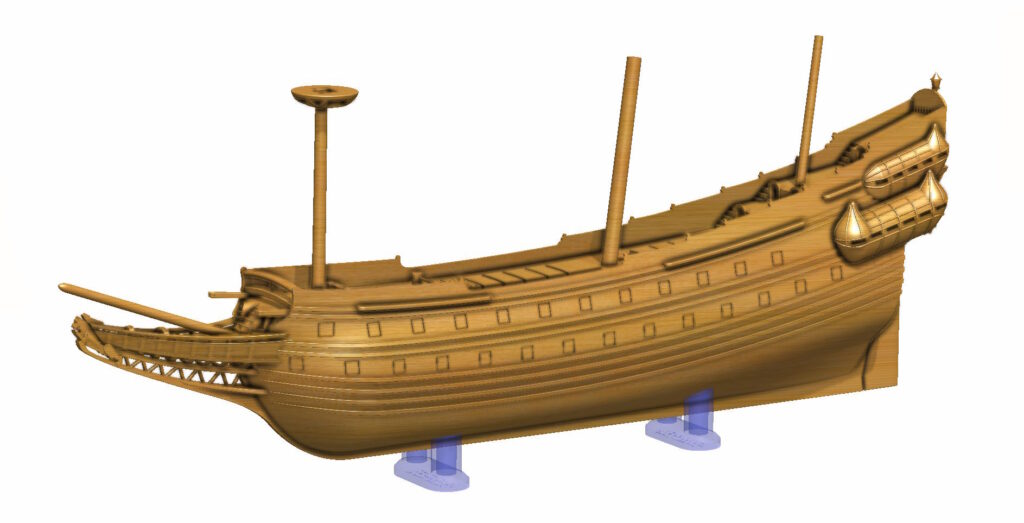
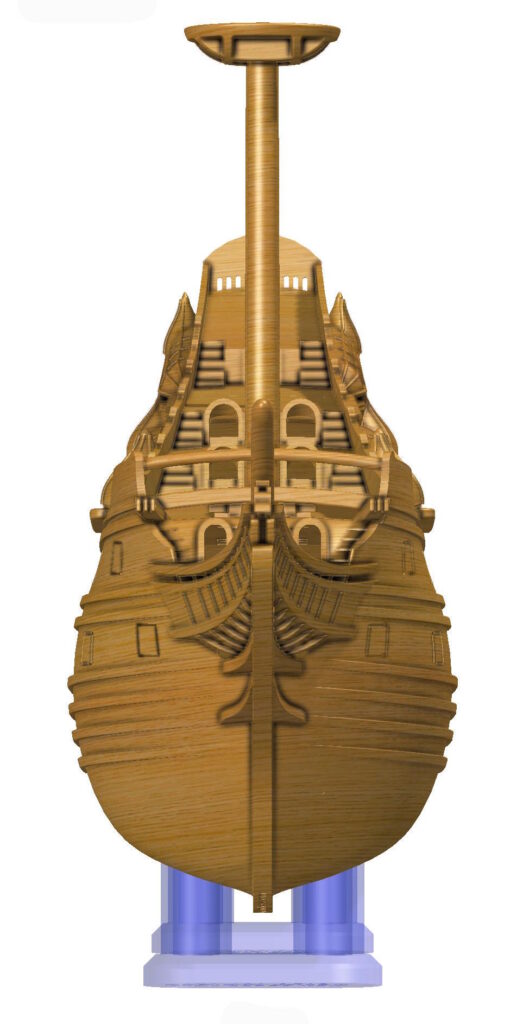
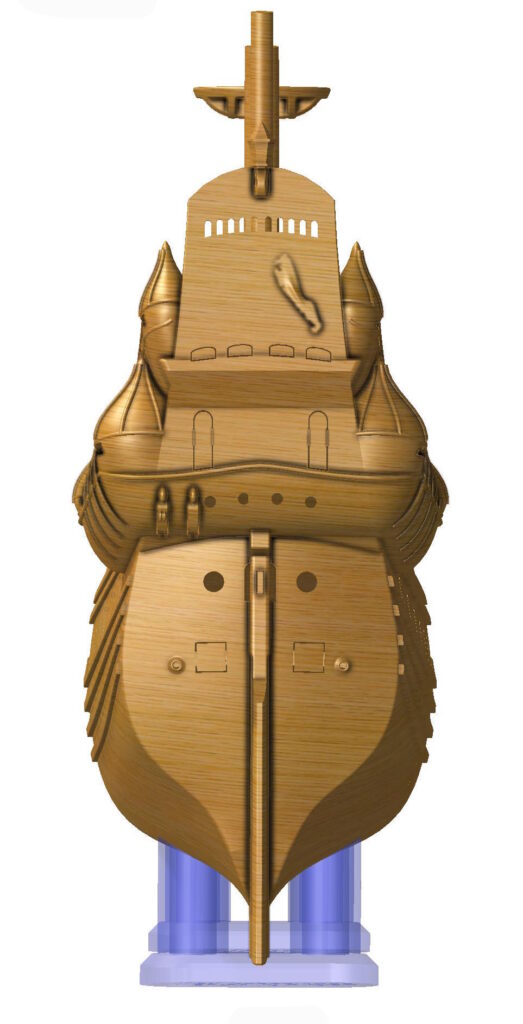
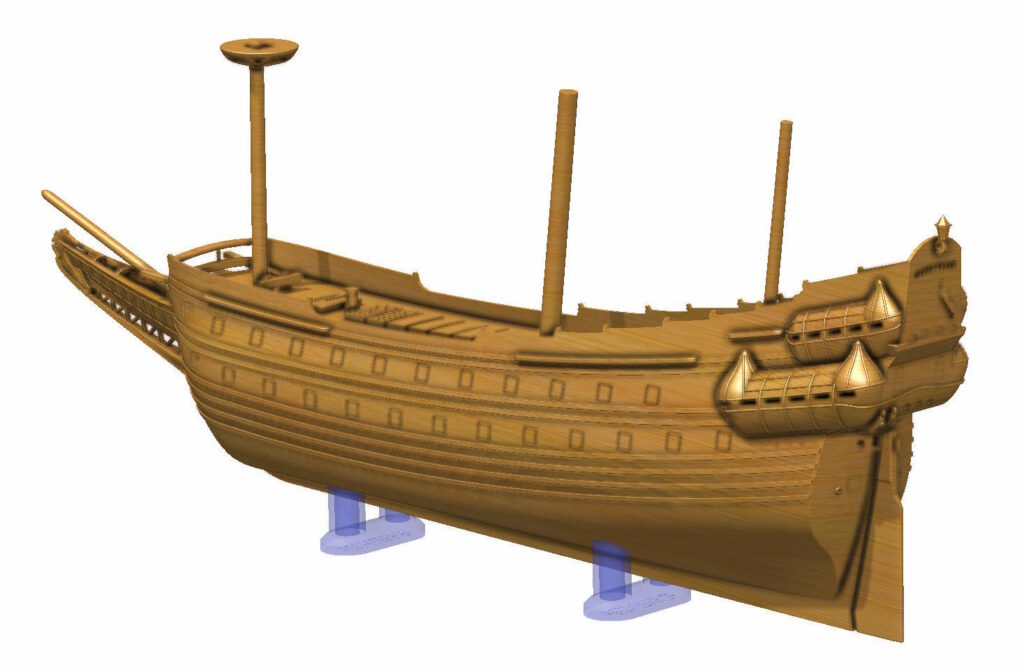
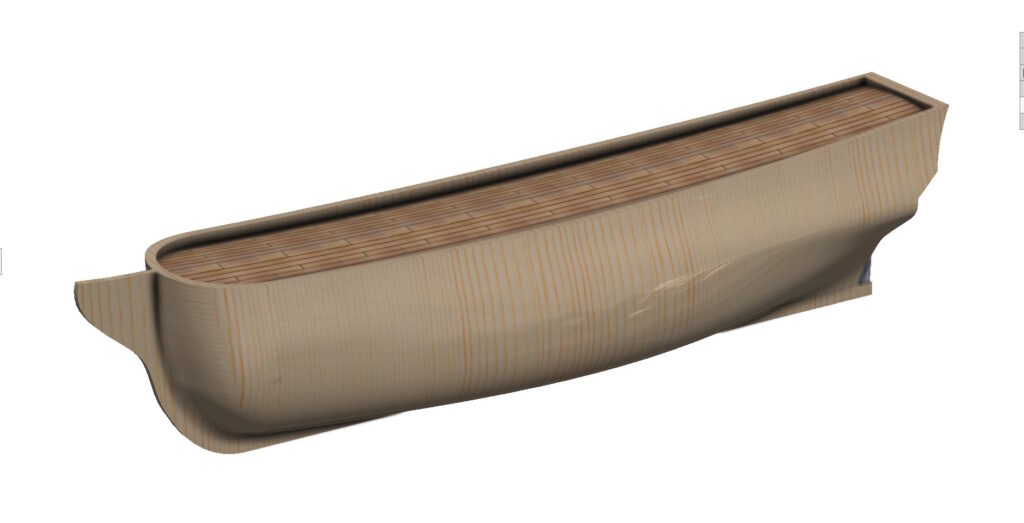
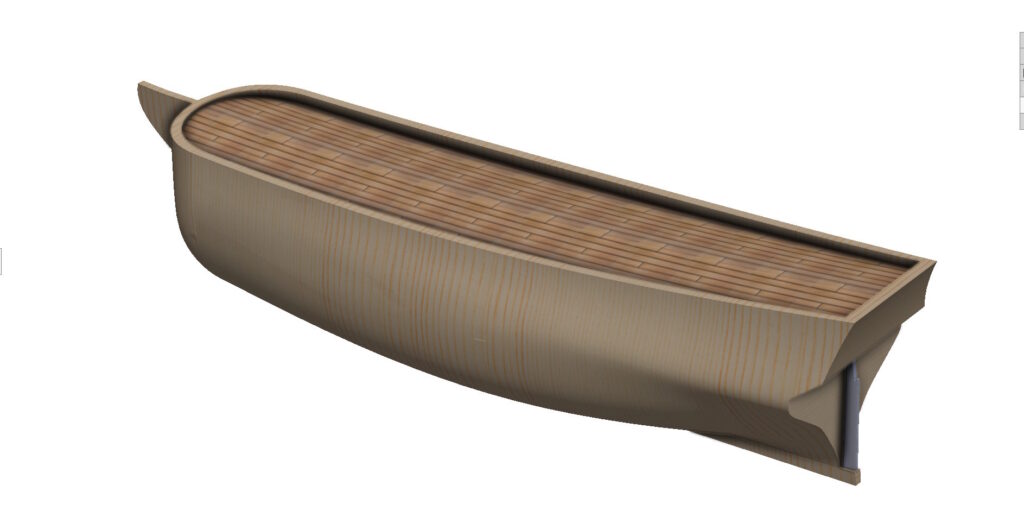
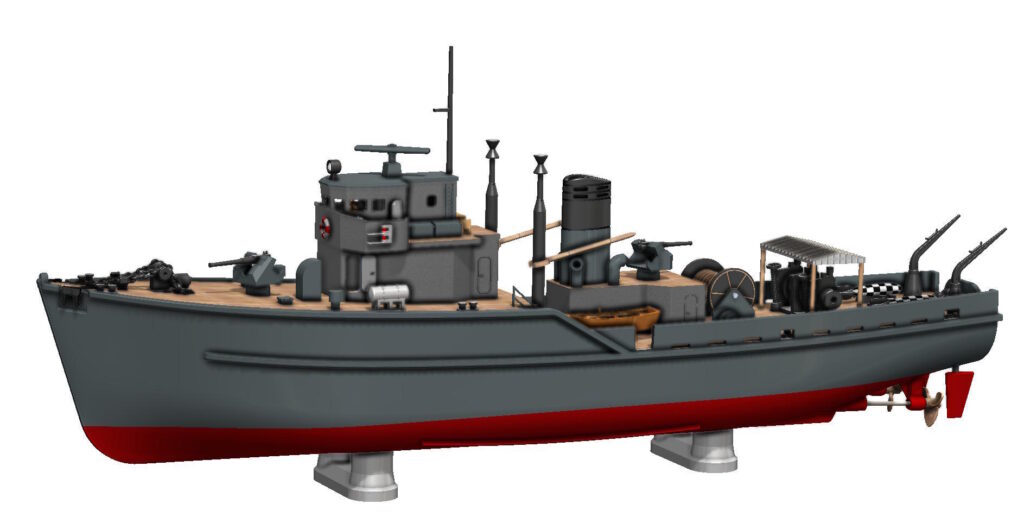
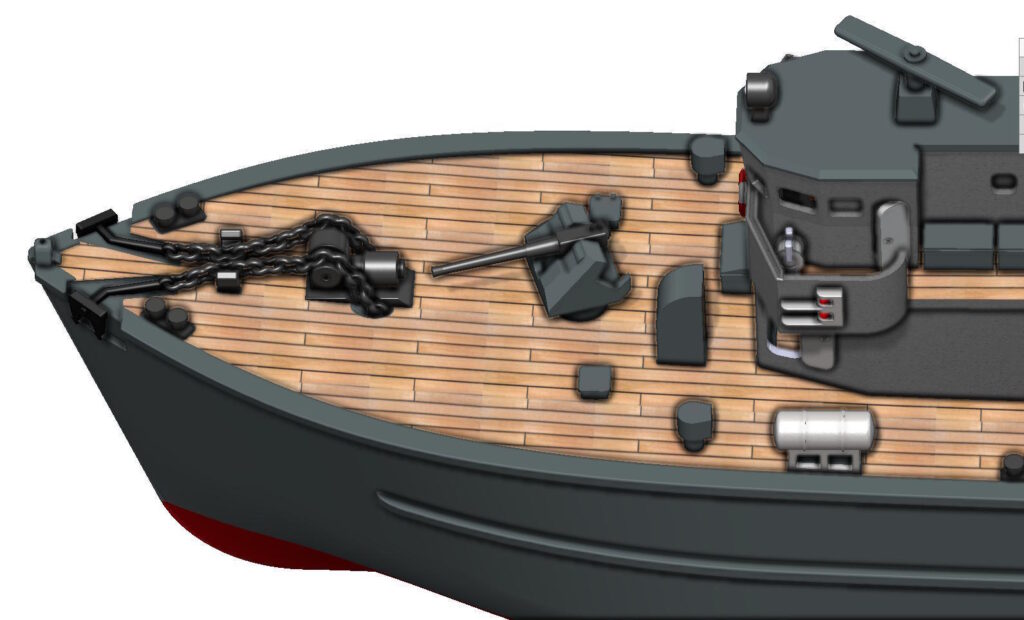
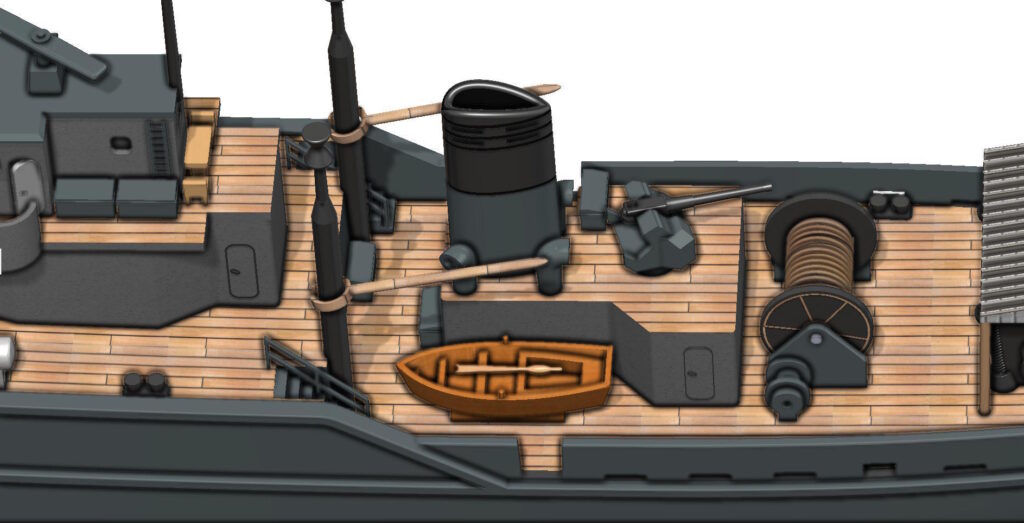
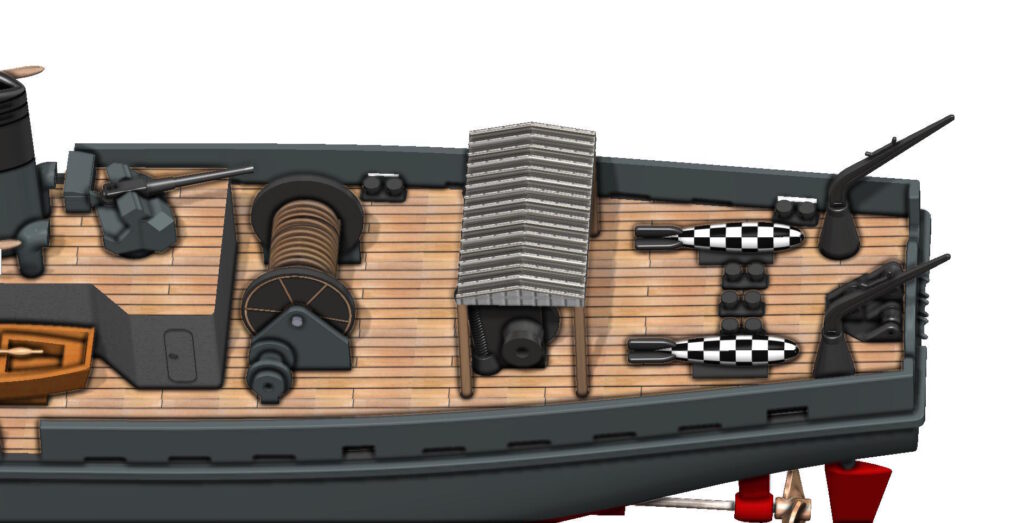

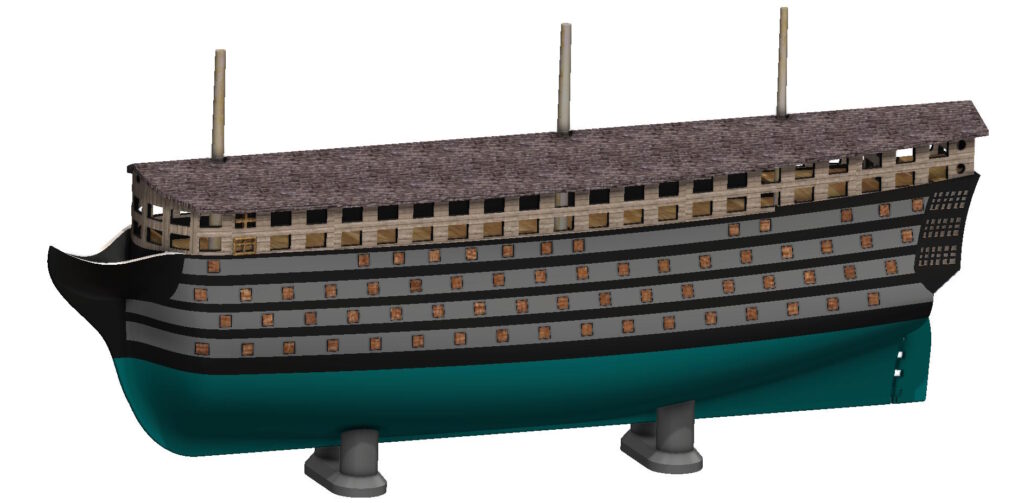
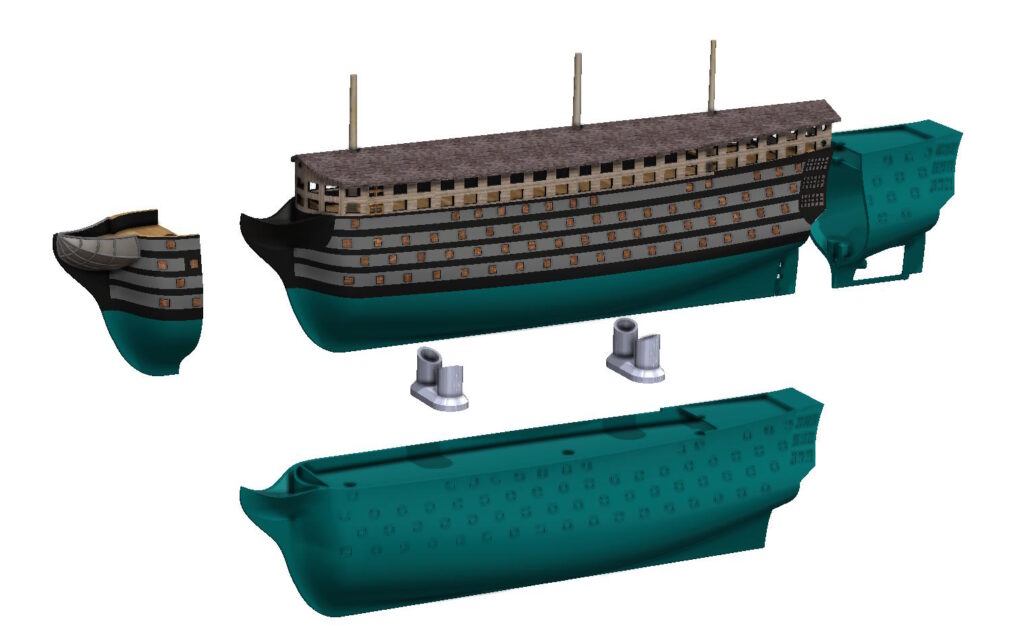
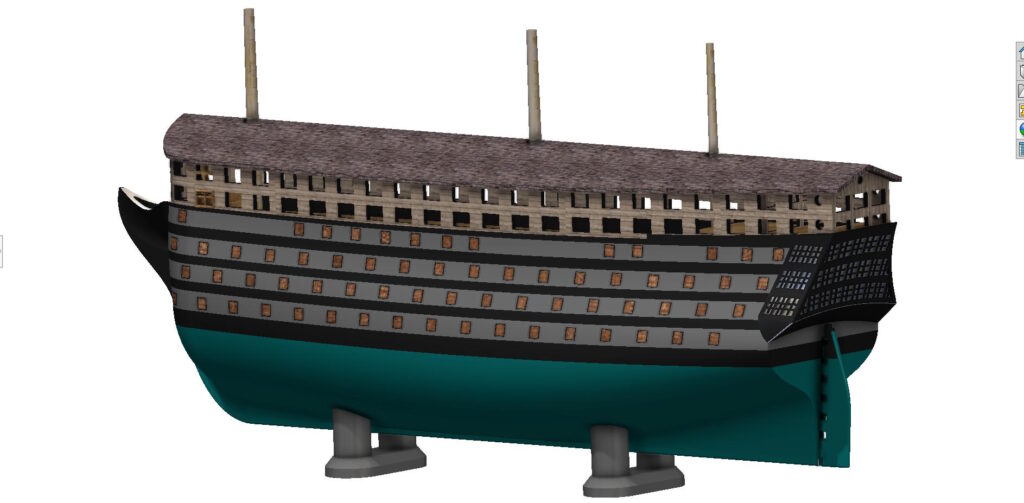
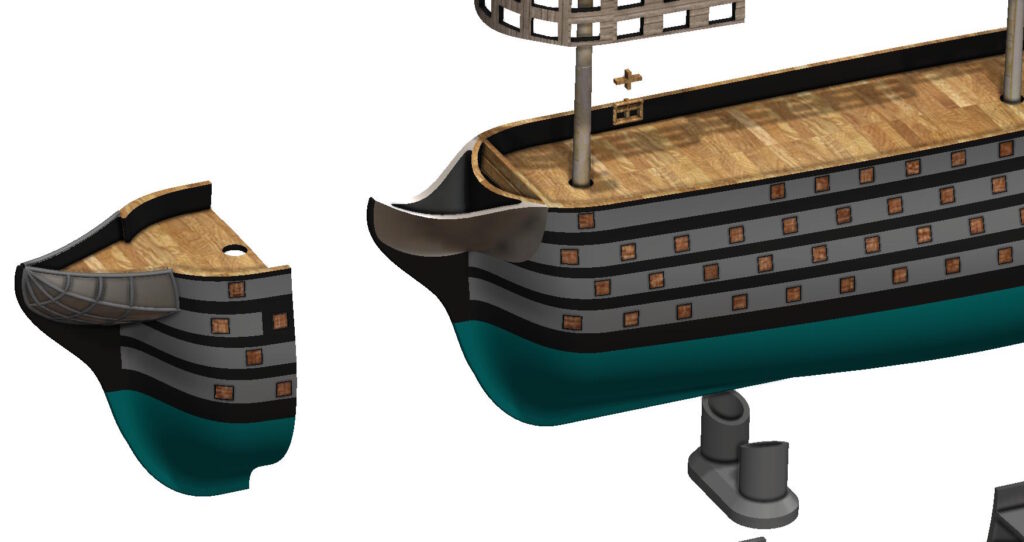
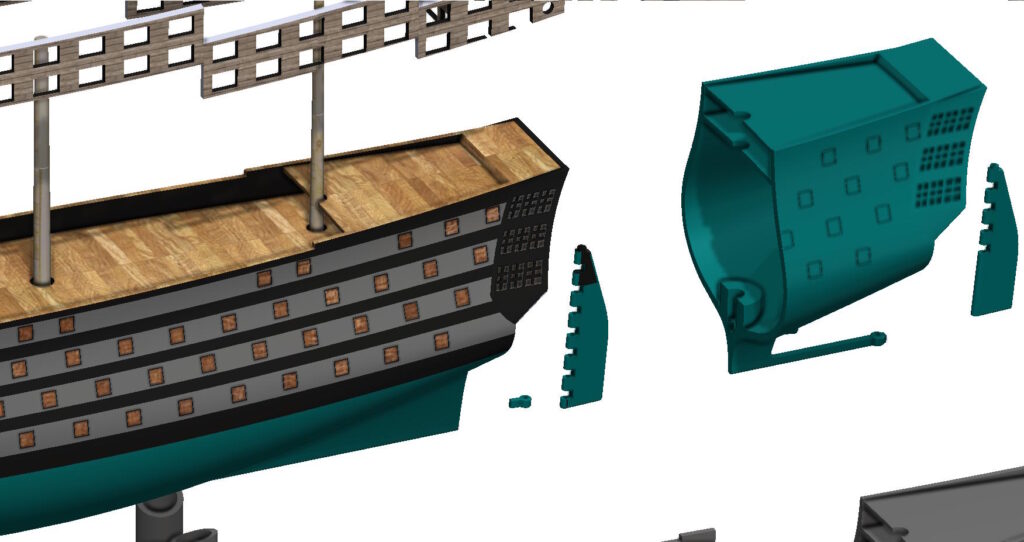

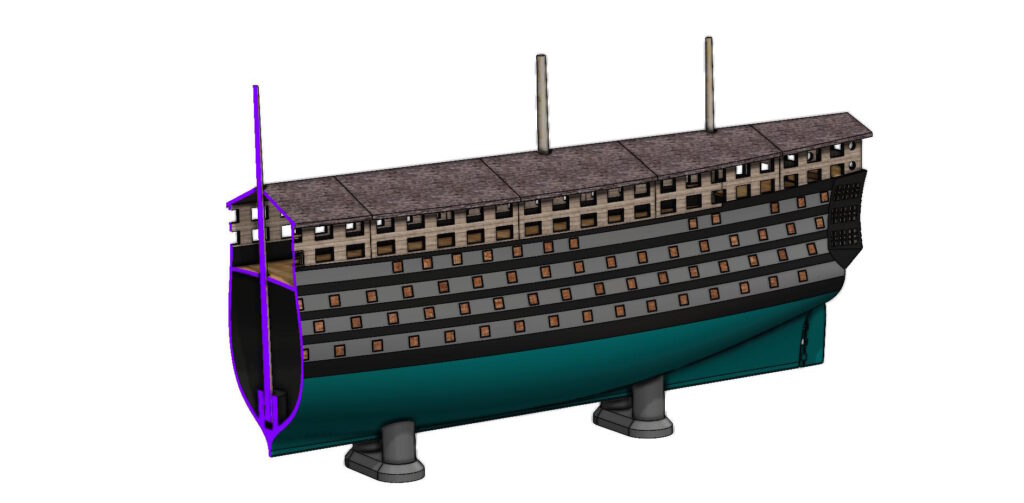
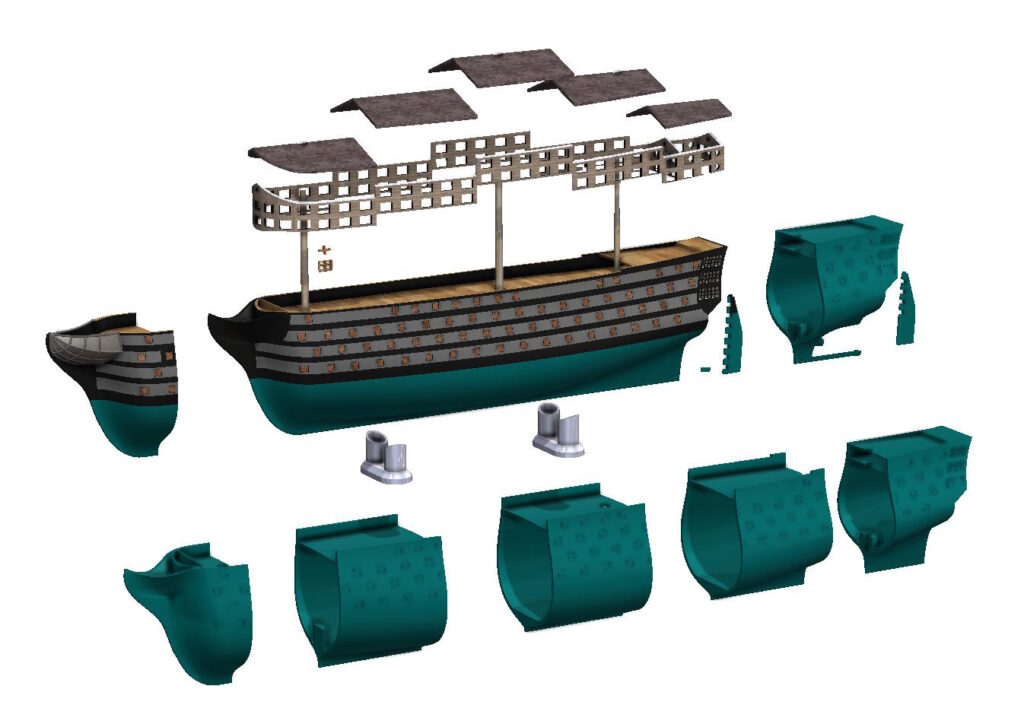
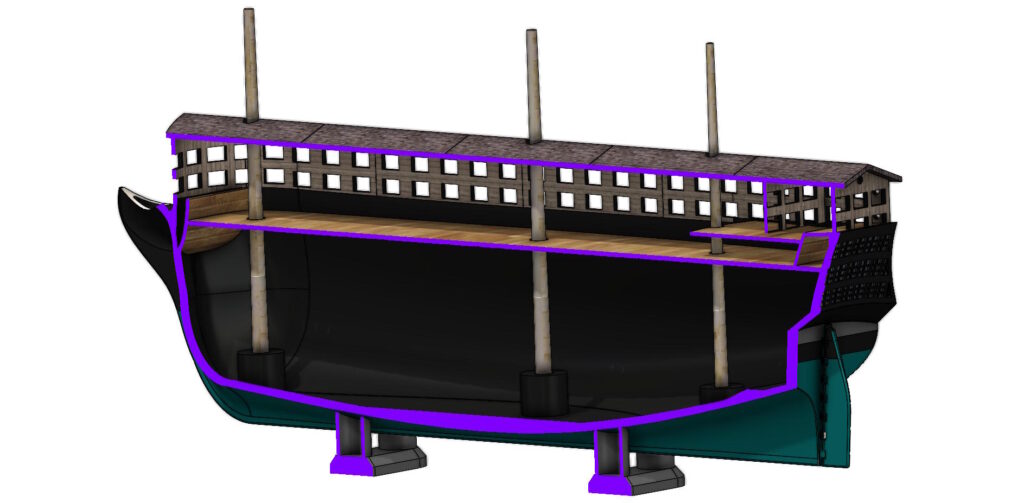
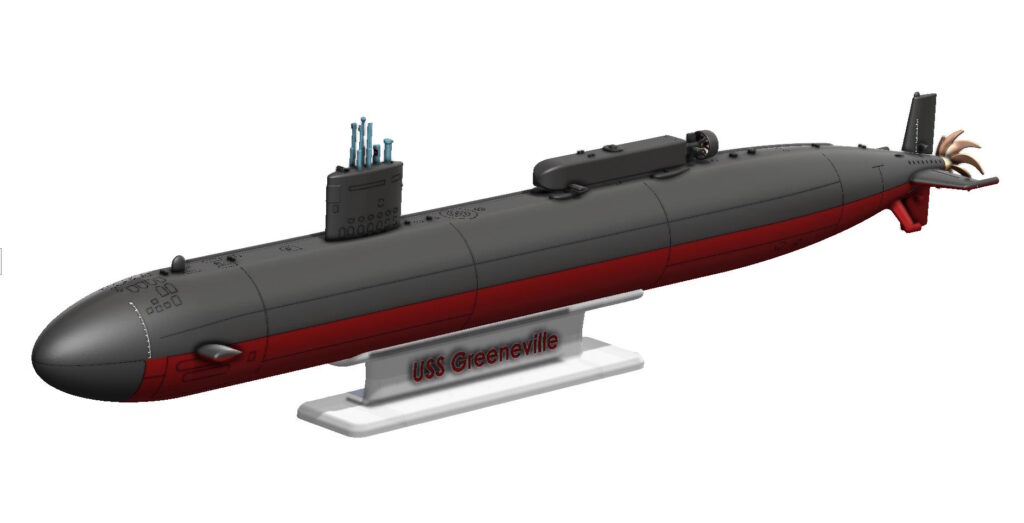





 Users Today : 51
Users Today : 51 Users Yesterday : 76
Users Yesterday : 76 Users Last 7 days : 589
Users Last 7 days : 589 Views Today : 157
Views Today : 157 Views Yesterday : 156
Views Yesterday : 156 Views Last 7 days : 1516
Views Last 7 days : 1516 Total views : 1321842
Total views : 1321842 Who's Online : 1
Who's Online : 1